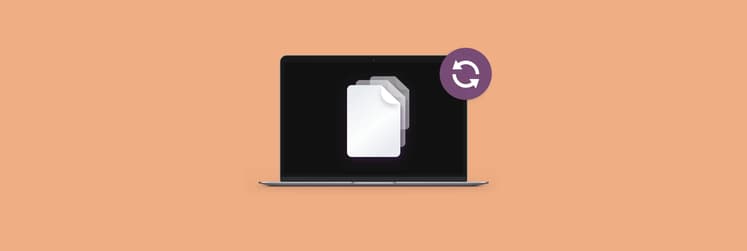The 7 Steps to Strategic Plan with a High Chance of Success
Life comes at you fast. Whether you're planning an event, preparing for a presentation, or just diligently putting out the fires of daily life, it can be hard to keep up if you don't have an overarching game plan. But when you have a structured approach to whatever you're dealing with, you stand a much better chance of succeeding.
There are plenty of systems out there, and they all have their boosters and their critics. But one that has found favor in the business and personal worlds alike is strategic planning.
What is strategic planning?
Strategic planning was pioneered in the 1960s as a business planning process, but its insights are applicable outside the boardroom too. At its base, strategic planning is a structured approach to achieving a goal based on clear priorities, good information, and effective implementation. It's an outlook that breaks down complex tasks, analyzes what’s needed to achieve them, and then follows through.
The first step in strategic planning is to identify a goal. But where more a gung-ho outlook would say, “now go after it with everything you’ve got,” strategic planning is more dispassionate. It asks a series of clarifying questions to narrow the options and divide the overarching goal into achievable subtasks. It also focuses on developing structures of accountability, either for individuals or organizations.
For example, what does each person involved need to do in order to make this goal happen? Answering clarifying, nested questions like that helps identify an approach that is sustainable, replicable, and reliable while still reacting to feedback.
How to develop a strategic plan
Rather than focus on the theory, let’s look at how to apply strategic planning in your own life, and the tools that will make implementing those changes easier.
1. Mission statement
Your first step in strategic planning should be to determine your mission and your principles. This may seem like a no-brainer, but committing these abstract ideas to paper forces you to really confront them. Once they’re written down in your strategic planning document, you can check any decisions you make against them to ensure that they’re consistent with your core values.

This process often requires a lot of complex brainstorming. A mind-mapping app like Mindnode gives you an appropriate set of tools for outlining interconnected ideas and sharing them with your co-leaders.
2. SWOT Analysis
The next step is to take an honest look at your situation. A SWOT analysis (Strengths, Weaknesses, Opportunities, Threats) challenges you to both give yourself credit for what you do well and honestly confront your vulnerabilities. This kind of analysis is crucial, because before you can get where you’re going, you need to understand your starting position relative to the competition.
Depending on the personalities involved, it can be tempting to neglect one or more of SWOT’s categories. To keep yourself and your team honest in this crucial step, use a checklist app like Goodtask to make sure you devote equal time to the upsides as well as downsides.

3. Long-term goals
It’s critical to establish a set of long-term, overarching goals. These are distinct from your mission statement because, while your mission is ongoing, your goals should be ambitious but achievable, something in the 1–2-year range. Listing these goals and ranking them in order of priority will help you allocate your resources effectively.
4. Key metrics
Besides the simple completion of goals and related tasks, you’ll need to decide on some trusted measures of your own progress. Otherwise, it can be hard to know if you’re working efficiently toward your goals or not.
In business, these metrics are called Key Performance Indicators or KPIs, but the concept is useful in non-business settings. This step asks you to determine how you’re going to measure your success concretely and to set expectations for what kinds of results will cause you to reevaluate your strategy.
5. Assets
Determine what your assets are. If you’re working on an individual project, these will probably be your skills, your finances, and some of your contacts. When leading a team, this might include your budget, facilities, and the skillsets of your team members. Coming up with an honest accounting of your resources helps you develop realistic benchmarks and timeframes for achieving your goals.
When working with a big team, communication is crucial for using their skills effectively. A third-party organizer can help you create custom filters and group senders and recipients, which can assist in coordinating resources. Plus, file-sharing apps (Dropshare) will keep your team on the same page by giving them access to the same documents, including files that are too big to email.
6. Strategize
The next step in any strategic plan is to outline the best ways to apply your resources to your short- and long-term goals. This step should be revisited at regular intervals to make sure a strategy from last week or last month is still the best use of your assets. It’s also important that your strategy be consistent with your stated mission and values.
7. Implement
Finally, once your strategic analysis is finished, it must be translated into concrete action items and communicated to your entire team. Note that this isn’t a one-way street. Implementation is the reality check against your best-laid plans. If a setback shows you that, say, an asset isn’t as reliable as you thought, it’s time to rethink the relevant parts of your strategy to reflect this new information.
Strategic planning isn’t a one-and-done technique. It’s an ongoing process. To get the most out of it, you’ll need to constantly update your plan and adjust your expectations. And with a partner like Setapp, you have all the tools you might need at your immediate reach.





